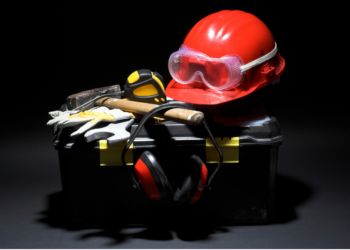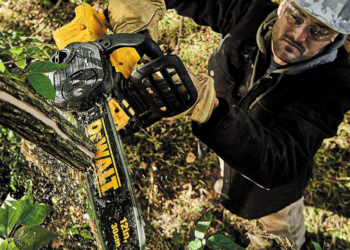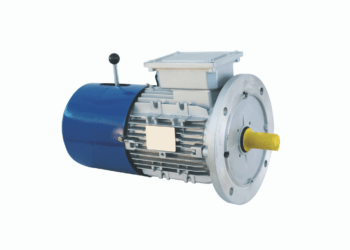There are a lot many items we use in daily life which are normally fit-and-forget types. One of these is car batteries as these are generally paid attention to only when any kind of malfunction occurs in them. A car battery has the tendency to charge by itself and consistent performance can be attained by a healthy electrical system. A car battery can become flat if the support system is not present.
There is a loss of some battery in the car every time when a car gets started or use of battery while the car is off. At this point, the internal resistance of the battery comes into play which has the capacity to make the battery run flat.
This being a common trait in all the batteries, a charging system is to be present. In a car, an alternator is the most important component of the charging system. It is present in the engine which helps in charging the battery by converting the power of the engine into electrical energy.
In order to work for the ignition and other electrical equipment, there is the use of electricity by the car. There is a rechargeable battery along with a charging system in the car due to which there is no running down of the battery in the car.
In the battery, sulfuric acid and distilled water are present in which lead plates are immersed. To each of the terminals, half of these plates are connected. A chemical reaction occurs due to the electricity supplied which helps in depositing extra lead on one set of plates. This extra lead then dissolves from the plates when electricity is supplied to the battery due to which an electric current is produced.
Generators like dynamo and alternators charge the battery. In the earlier cars, a dynamo is present which charges the battery and in modern cars, an alternator is present. Both of these are controlled by a belt present in the engine.
The alternator has a stator that helps in the revolving rotor. A stator is actually a stationary set of wire coil winding and a rotor is an electromagnet containing carbon or copper-carbon brushes through which a small amount of electricity is supplied. In the stator coils, much electricity is generated due to the rotation of the electromagnet. With each turning of the rotor, the direction of flow of the electricity changes and so the electricity generated is called alternating current. But it has to be direct and flow in one direction due to which it needs to be rectified.
On the other hand, a dynamo is also a generator, capable of providing direct current but it is heavy than an alternator and produces less efficient current
Working of an alternator
An electric current flows when a magnet is moved in a closed loop of wire. Suppose there is a magnet in a loop of wire, so on the top of the loop, the north pole of the magnet passes, and in the bottom of the loop, the south pole passes. Due to this, the current flows in one direction in the loop. Now, until the north pole reaches the bottom and the south pole reaches the top, the current stops flowing as the poles move away. Due to this, there is a flow of current in opposite direction. Thus, to produce electric current, an electromagnet is used by a car alternator.
Working of a dynamo
The field coils are present in a dynamo which are the stationary electromagnets. The coils present on a shaft are turning inside the field coils known as an armature in which the current is produced. In the dynamo, the current goes to a commutator which is a metal ring in the segments and the carbon brushes in spring-loaded guides touch these segments. There are a pair of brushes touched by two segments and these provide current to the brushes. The dynamo works on the same principle as that of the alternator. There is a change in the direction of the current with the turning of the armature. With this, the brushes get another pair of commutator segments which are wired in the other way round due to which the current flows in the same direction.
How the current is regulated to the battery?
There is a set of diodes that allows the current to flow in one direction only. Due to these diodes, the current produced by an alternator is converted into direct current. The voltage supplied to the battery should be optimal, it should be neither too high nor too low. This helps in charging the battery. The electromagnet often requires regulation of the voltage which is done by a transistor-operated device present in the alternator. This provides more or less current as per the requirement. In most of the alternators, the rectifier and the regulator are inside the body but these can be outside the alternator body in some alternators.
Instead of a rectifier, there is a voltage regulator in a dynamo placed in a separate box having two relays. One relay cause cutting of the current in the field coils briefly due to which the voltage level is controlled. Another one helps in protecting the battery from damage by preventing overcharging of the dynamo.
How to charge a car battery overnight?
To charge a car battery, a power source is required. When the car is running, the battery gets charged by the alternator but it is not able to provide electricity to the battery when the car is not in use.
A trickle charger or external battery charger is required to charge the battery overnight. This has to be attached to the car battery and then hooked to a wall outlet which then provides electricity to the trickle charger and the car battery.
In a case when the battery charge is completely depleted, it no longer is able to provide energy to the car and thus, the car is not able to get started. For this, it is required to jump-start the car.









